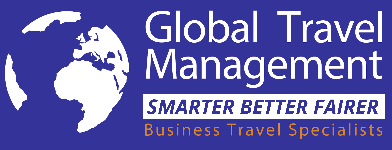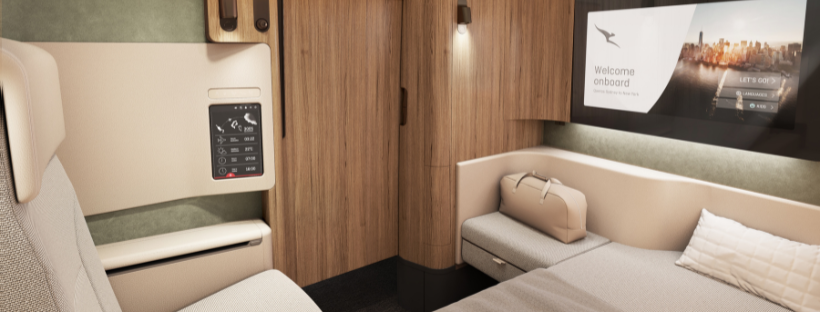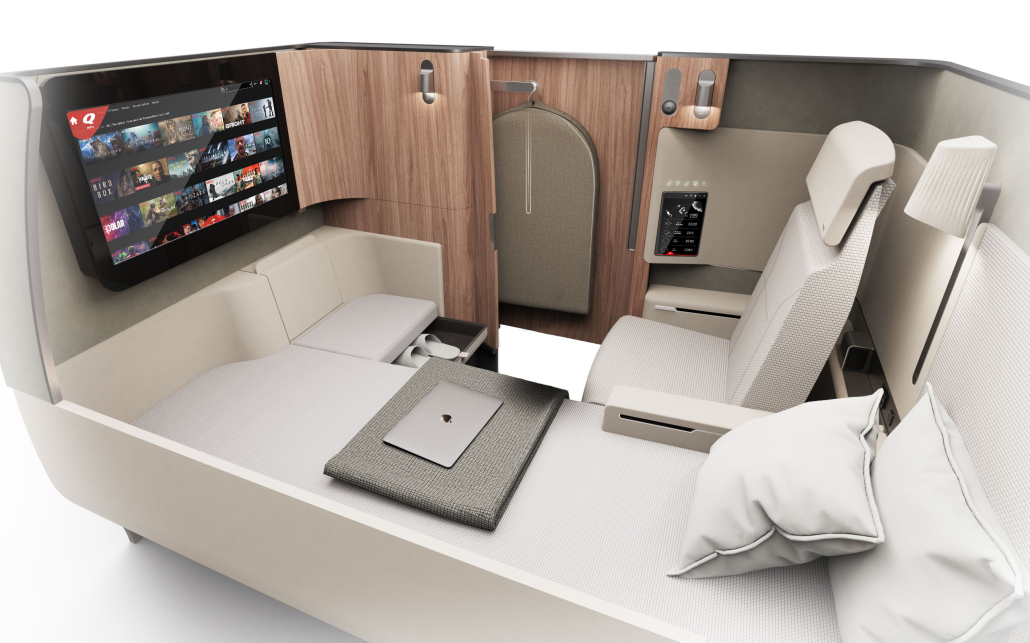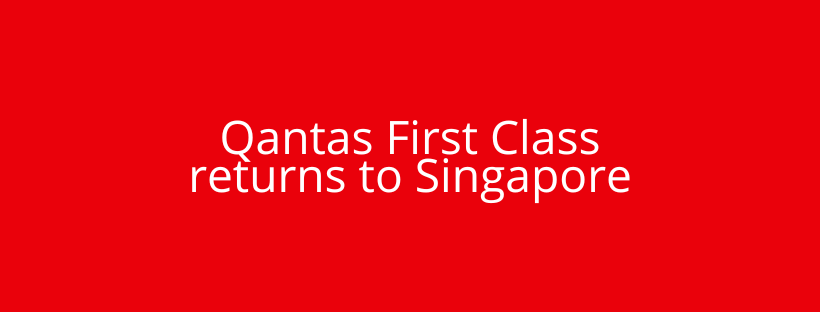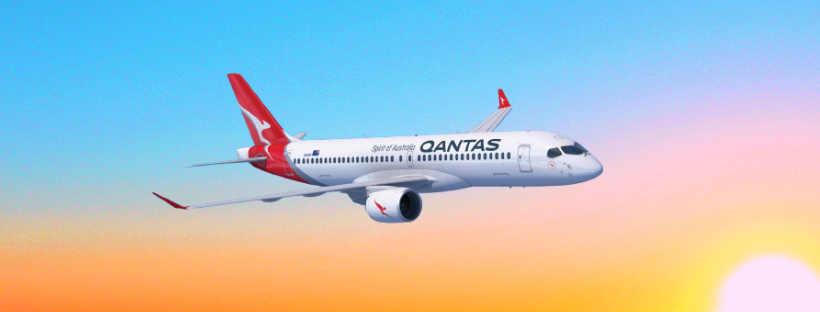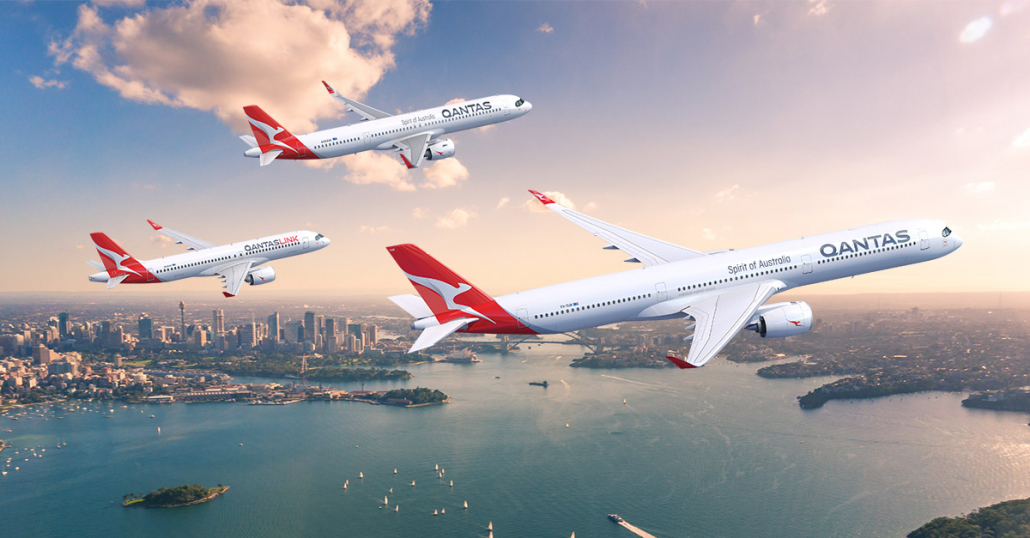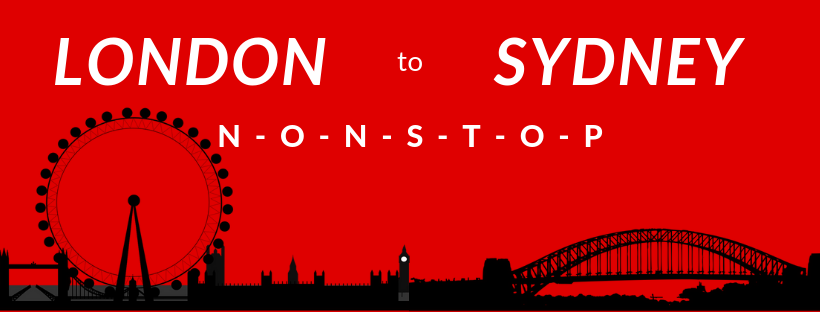Qantas Reveals ‘GO AUSTRALIA’ Boeing 787 Dreamliner for 2024 Olympic and Paralympic Teams
Qantas has unveiled a ‘GO AUSTRALIA’ Boeing 787 Dreamliner to support the 2024 Australian Olympic and Paralympic Teams.
Qantas has shown its support for the Australian Olympic and Paralympic Teams by revealing a special ‘GO AUSTRALIA’ message on both sides of one of its Boeing 787 Dreamliners, emphasising its role as the official carrier for the 2024 Games.
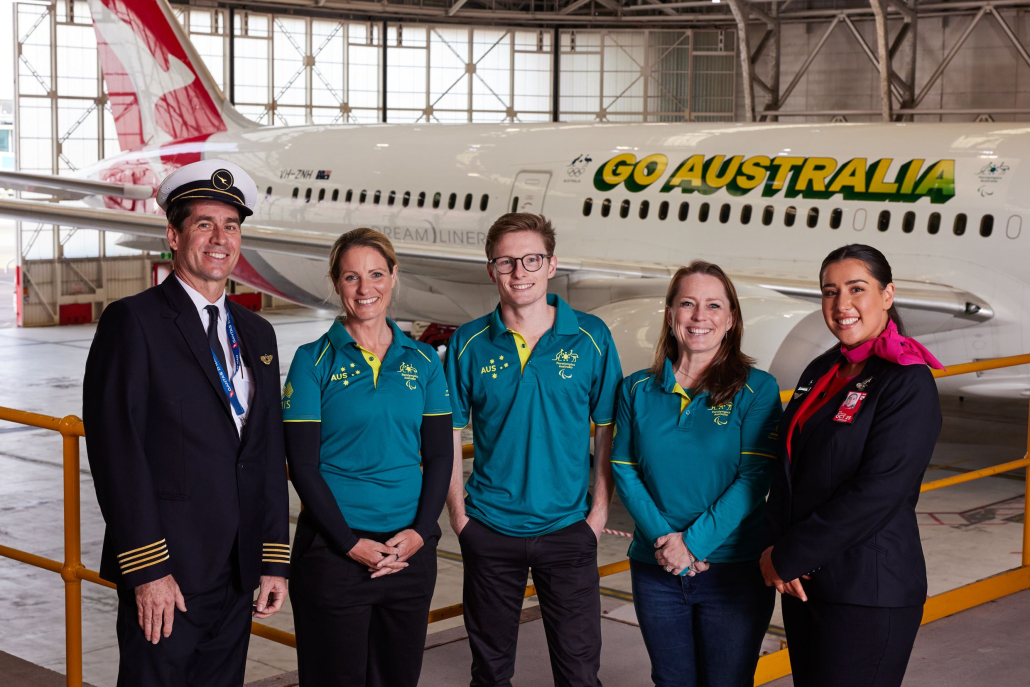
This custom graphic encapsulates Australian pride on a global stage, reflecting the iconic green and gold spirit.
Qantas Group CEO Vanessa Hudson highlighted the long-standing relationship between Qantas and the Australian Olympic Team, which spans over 70 years. She remarked,
Qantas has a long and proud history of supporting the Australian Olympic and Paralympic Teams, from first flying Olympic athletes to the London Games in 1948 to our engineers designing custom cushions and support devices for our Australian Paralympians to travel comfortably on long-haul sectors.
Hudson added,
We are so proud to support our Australian athletes and supporters to get to the Games once again and hope our special cheer squad 787 will help spur on our teams and supporters to put on a great show in Paris.
Anna Meares, Australian Olympic Team Chef de Mission for Paris 2024, expressed her appreciation for Qantas’ continued support, saying,
Qantas has been supporting Australian Olympic dreams for generations. We are thrilled Qantas will be proudly sharing their support of Australian Olympians on their 787 Dreamliner. As an Olympian, flying on that Qantas plane home from a Games, to meet friends and family in the Qantas hangar welcome home, is such a special memory. I’m looking forward to our 2024 Olympic Team making their own Qantas memories on their journey to and from the Paris Games.
Kate McLoughlin, Australian Paralympic Team Chef de Mission, also praised Qantas’ contributions, stating,
Our relationship with Qantas is so important to the Australian Paralympic Team. Qantas offers flexibility around the travel requirements of people with a disability and the equipment they carry, and it’s great the way Paralympics Australia and Qantas collaborate to understand the needs of our team. The flight home from the Games is always special. Qantas has delivered our Paralympians on charter flights home from London 2012, Rio 2016 and Tokyo 2020 and we’re thrilled that our team will again be flown home to Australia by Qantas after the Paris Paralympics.
In addition to unveiling its ‘GO AUSTRALIA’ Boeing 787 Dreamliner, Qantas is gearing up to launch its new Perth to Paris route next month and will resume its direct Perth to Rome flights for the third consecutive year this weekend. Notably, Qantas remains the sole airline offering direct flights between Australia and continental Europe.
For further information about flying with Qantas, please contact your Global Travel Management Account Manager.
